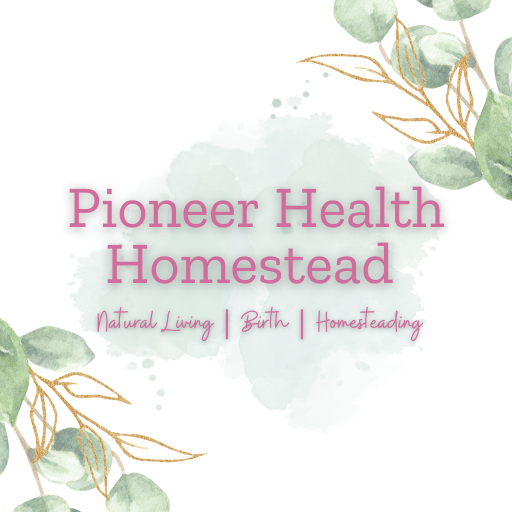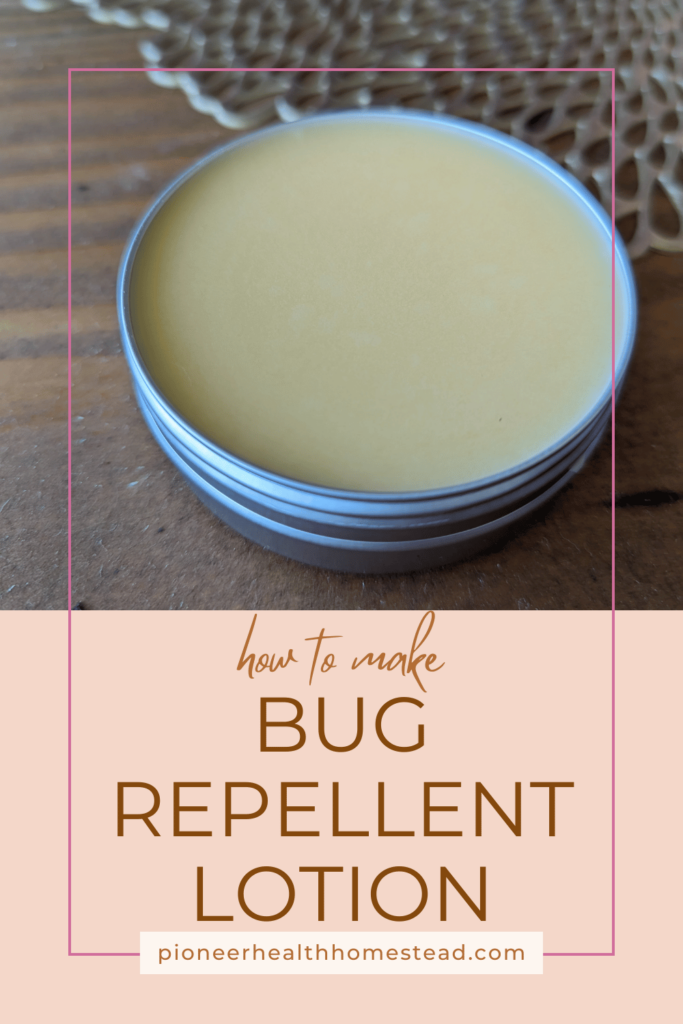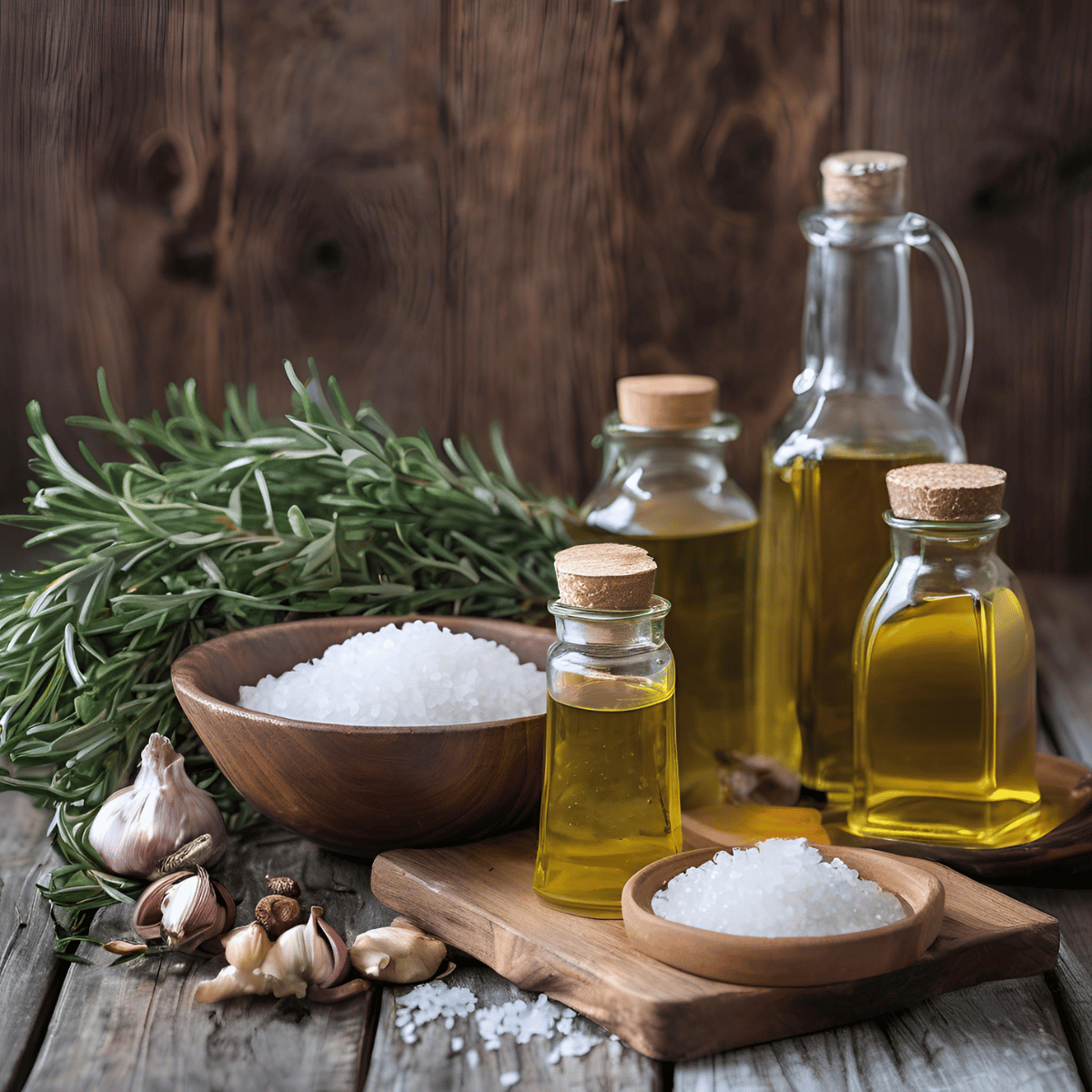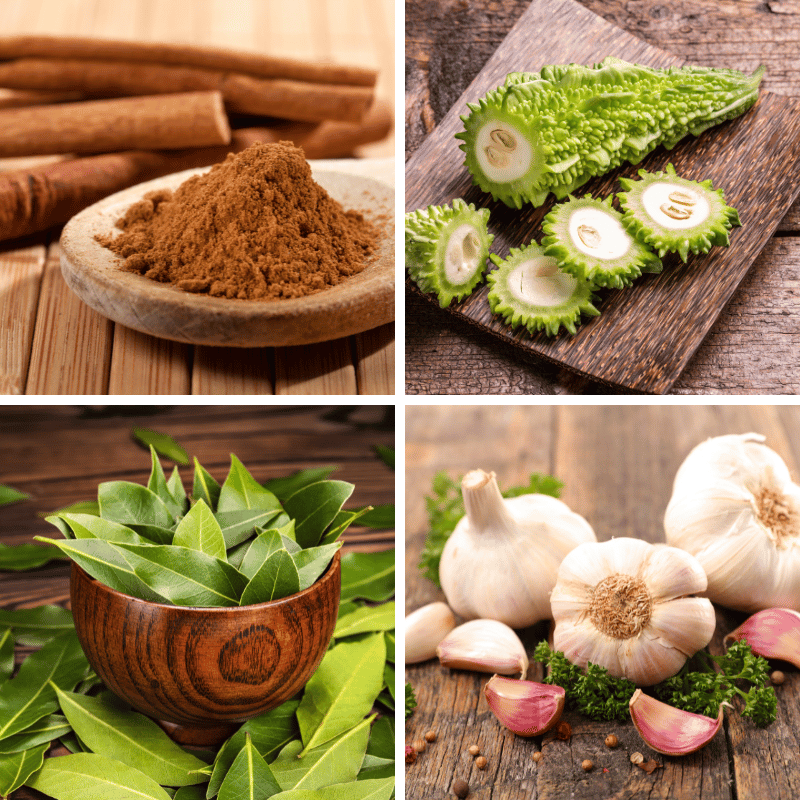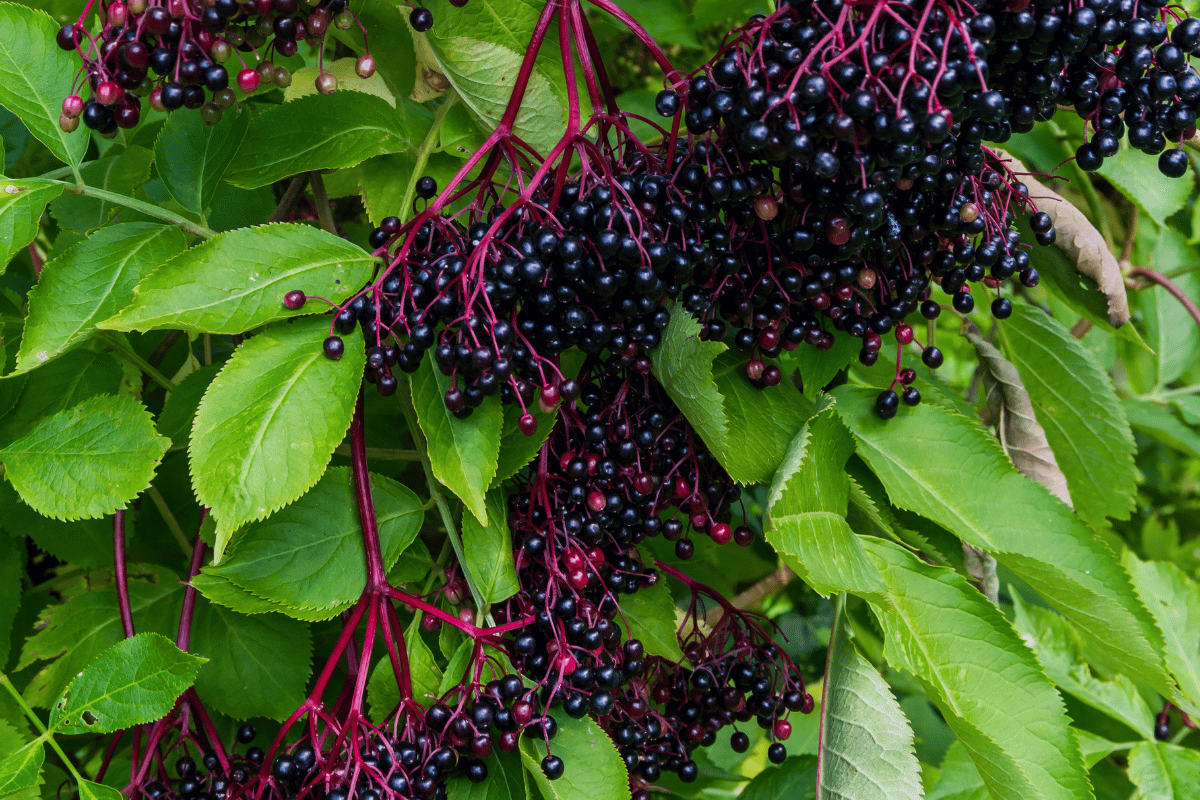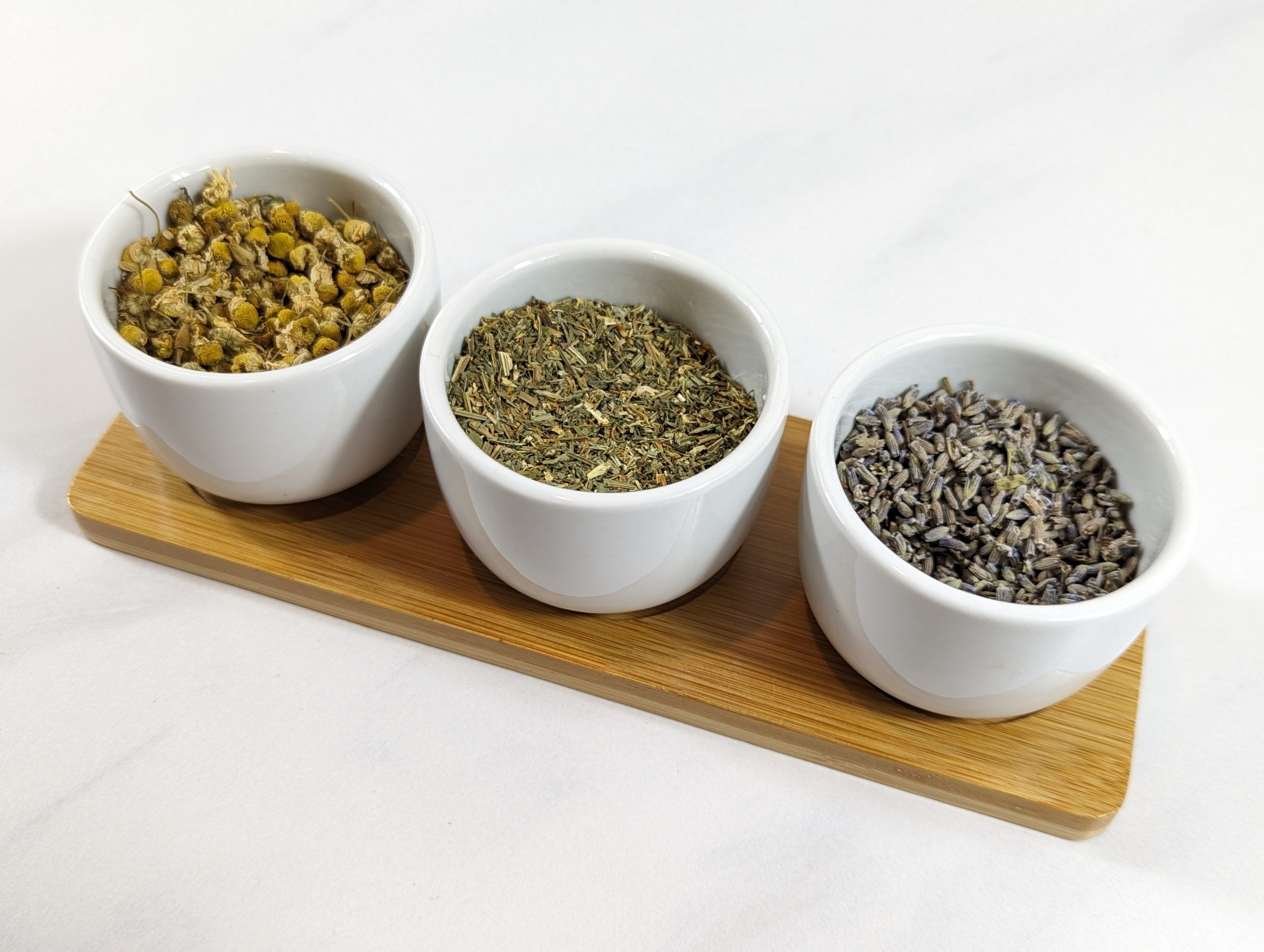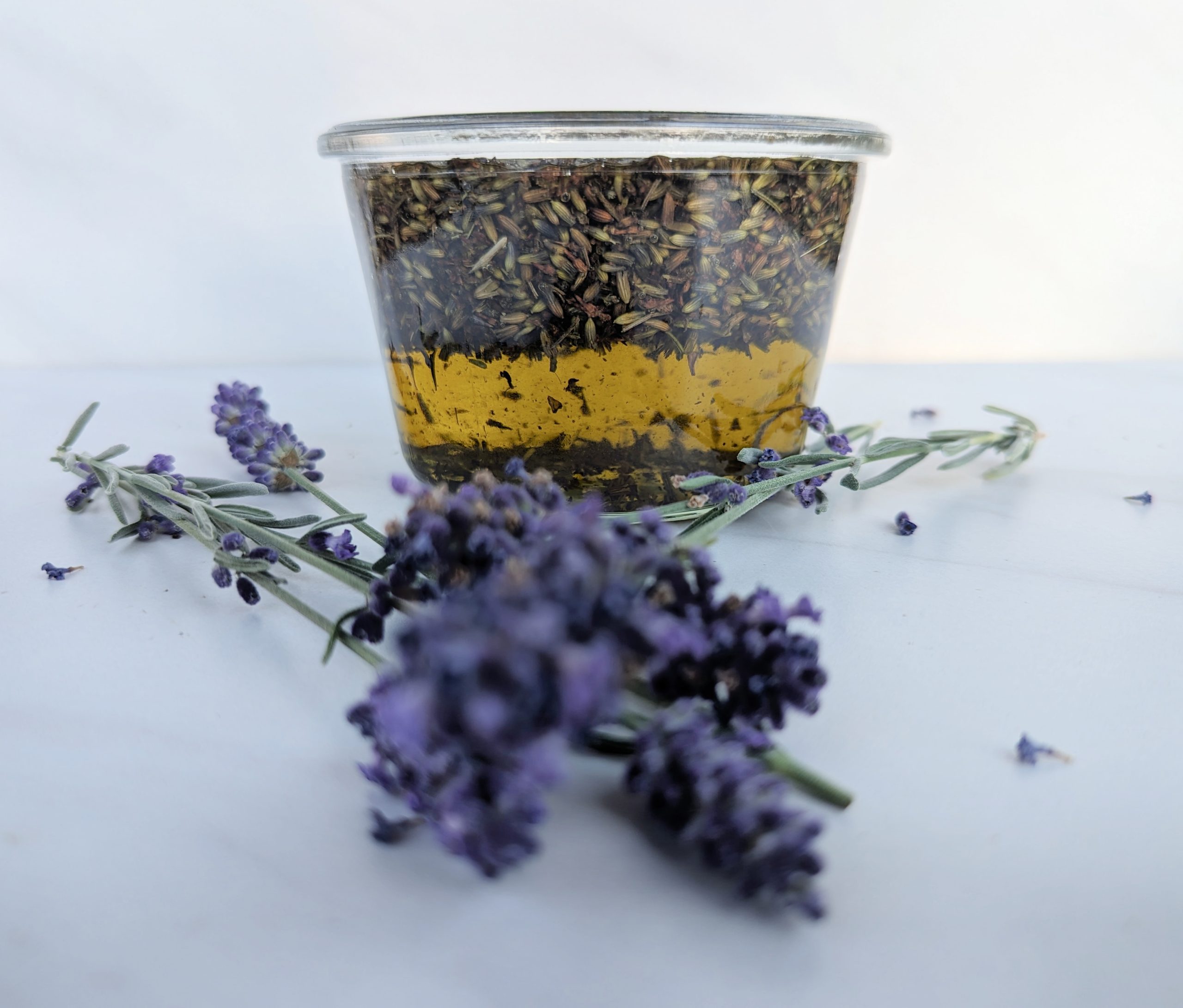Best Natural Toothpaste: Healthy and Easy DIY
Natural toothpaste is gaining popularity as people become more conscious of the harsh chemicals found in conventional toothpaste brands. Many of these ingredients, like artificial sweeteners, synthetic ingredients, and fluoride, may not be the best for long-term oral health. As a mom of five, I want to make sure the products we use at home are safe and effective, which is why I’ve switched to using a fluoride-free toothpaste I make with natural ingredients. It’s been a game changer for our family! Not only does this DIY recipe keep our teeth clean and strong, but it also avoids the unnecessary additives that can lead to tooth decay and other health issues over time.
By making my own toothpaste, I know exactly what’s going into it, and it’s a great way to support healthy teeth and good oral hygiene. Plus, it’s so simple to make at home using just a few natural ingredients. In this post, I’ll share with you why I made the switch and how you can make your own natural toothpaste that’s both healthy and effective.
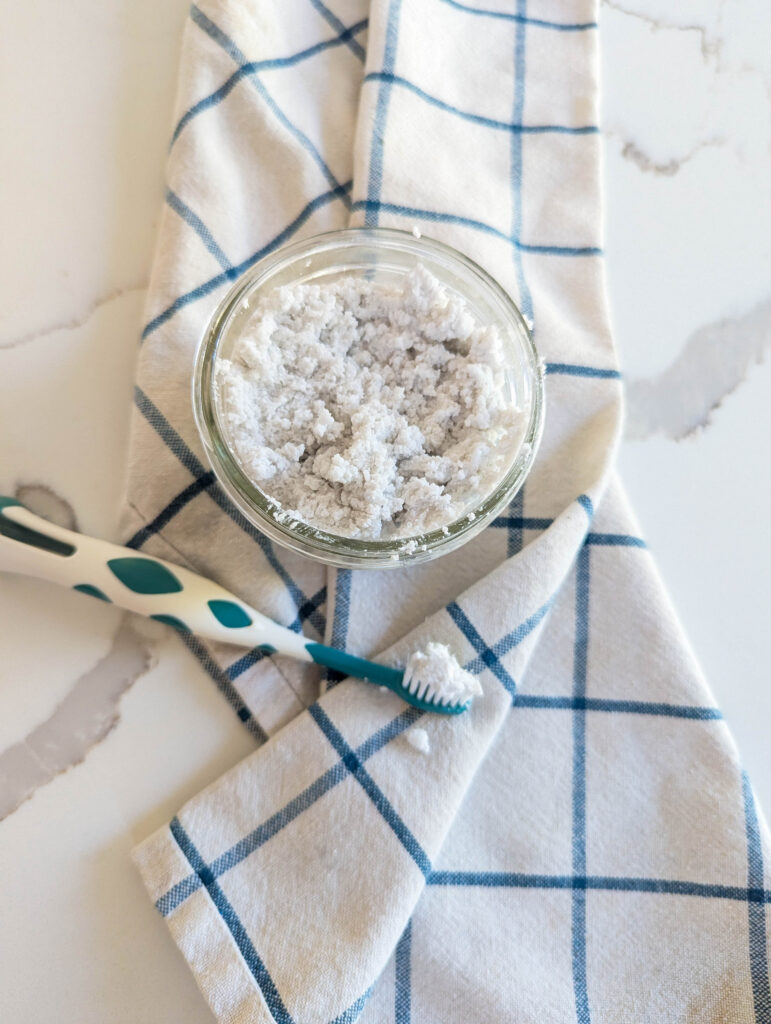
This post may contain affiliate links. Please see our privacy policy for more information.
The Importance of Oral Health
As both a mom and a Registered Nurse, I know how crucial it is to maintain healthy teeth for our overall well-being. Good oral hygiene isn’t just about having a nice smile—it’s directly linked to our overall health. That’s why I’m always on the lookout for ways to support my family’s oral health naturally.
After researching the ingredients found in many conventional toothpastes, I decided to switch to natural options like DIY toothpaste with plant-based ingredients. These types of organic toothpaste allow us to avoid toxic chemicals while still supporting cavity prevention and strengthening tooth enamel. It’s important to me to use products that are gentle but effective, especially for my five kids!
Transition to Natural Toothpaste Alternatives
Switching to natural toothpaste alternatives is simpler than most people think. It offers the best of both worlds—effective cleaning without the worry of unnecessary additives like artificial flavors and artificial colors that are often present in fluoride toothpaste. By making your own, you get full control over what’s going into your toothpaste, ensuring it contains beneficial natural mineral compounds and key ingredients that help fight tooth decay.
In my experience, making this switch has been a huge step toward a healthier routine for my family. It’s reassuring to know that every ingredient we use is safe, effective, and natural.
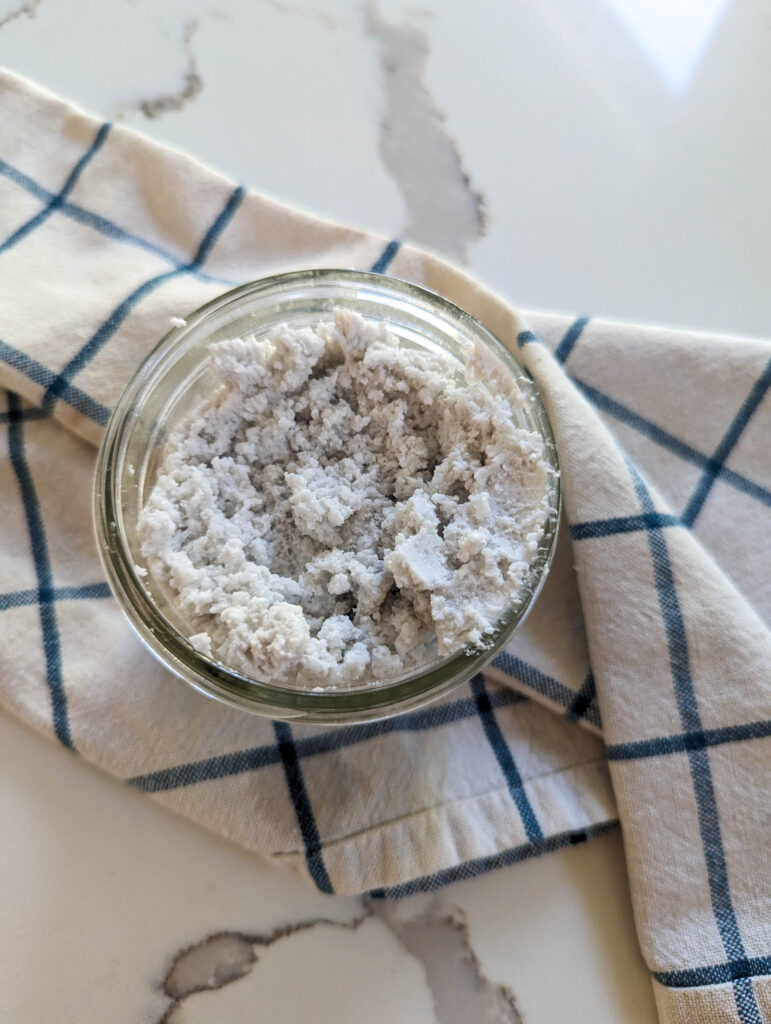
Conventional Ingredients to Avoid
As a mom and a Registered Nurse, I always strive to make the best choices for my family’s health. After learning about some of the ingredients commonly found in regular toothpaste, I knew I had to make a switch. Here are a few ingredients that I prefer to avoid, especially when considering my children’s health.
Fluoride
Although fluoride toothpaste is recommended by the American Dental Association for preventing tooth decay, there’s growing concern about the potential risks of fluoride use, particularly its classification as a neurotoxin. In fact, several countries, including Germany, Austria, and Japan, have banned the use of fluoride in water due to health concerns. Studies, such as a 2019 study published in the Journal of the American Medical Association (JAMA), have raised concerns about fluoride’s impact on children’s developing brains, linking high fluoride exposure to lower IQ levels.
Given the ongoing debate about fluoride’s safety, I’ve chosen to go the fluoride-free route for my family, opting for natural ingredients that provide cavity prevention without the potential risks associated with fluoride exposure. It’s comforting to know I’m making a safer choice for my kids’ long-term health.
Sodium Lauryl Sulfate (SLS)
Sodium lauryl sulfate is a common ingredient in many toothpaste brands, responsible for creating the foamy texture we’re used to. But did you know that SLS can irritate sensitive teeth and even trigger canker sores? It can also disrupt the mouth’s natural foam processes. As a mom with little ones who sometimes struggle with mouth sensitivities, I’ve found that avoiding SLS makes a big difference in keeping their mouths comfortable and healthy.
Artificial Sweeteners & Colors
I’ve always been concerned about the use of artificial sweeteners and artificial colors in food, so finding out they’re also in conventional toothpaste brands was unsettling. Ingredients like saccharin and even so-called natural sweeteners like organic erythritol can be harmful in large quantities, affecting taste buds and potentially contributing to health issues. By switching to organic ingredients, I can feel confident that my kids are brushing their teeth with something safe and natural, without exposing them to unnecessary toxic chemicals.
Triclosan
This is another ingredient I try to avoid. Triclosan has been used in some toothpastes for its antibacterial properties, but it has been linked to hormone disruption and even environmental damage. For my family, choosing natural products that don’t contain triclosan is a safer option. It’s one of the many reasons I’ve embraced natural oral care products.
Save for Later!
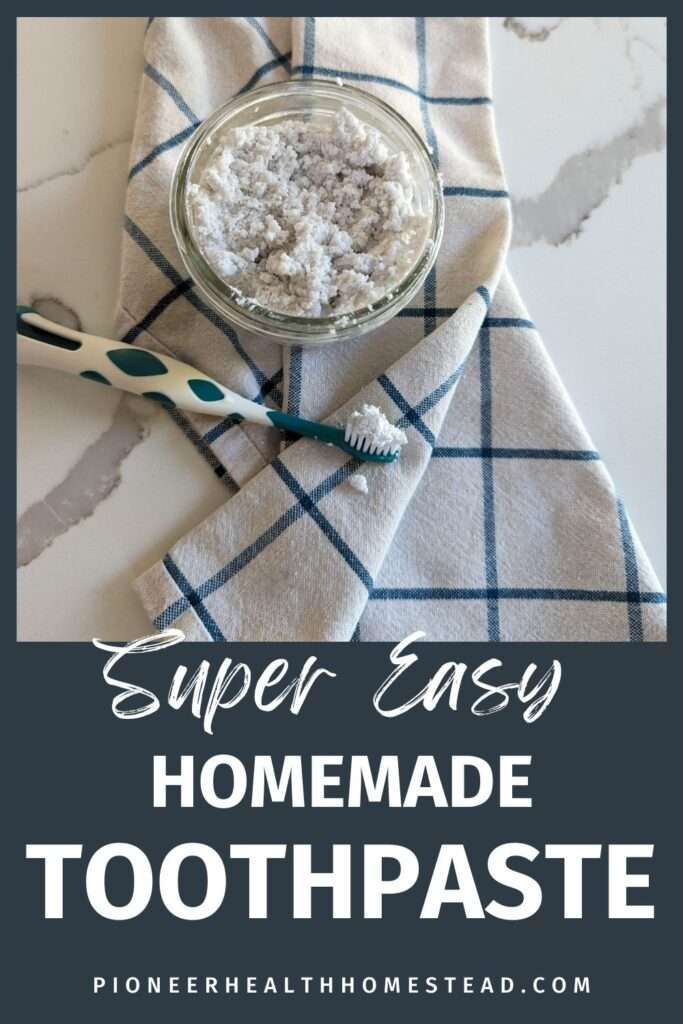
Key Ingredients to Look For
Baking Soda (Sodium Bicarbonate)
This gentle cleanser helps prevent the buildup of plaque-fighting bacteria and effectively cleans your teeth without the use of harsh chemicals.
Calcium Carbonate
A natural form of calcium, this ingredient helps to remineralize tooth enamel and support stronger teeth, making it a must-have for natural toothpaste.
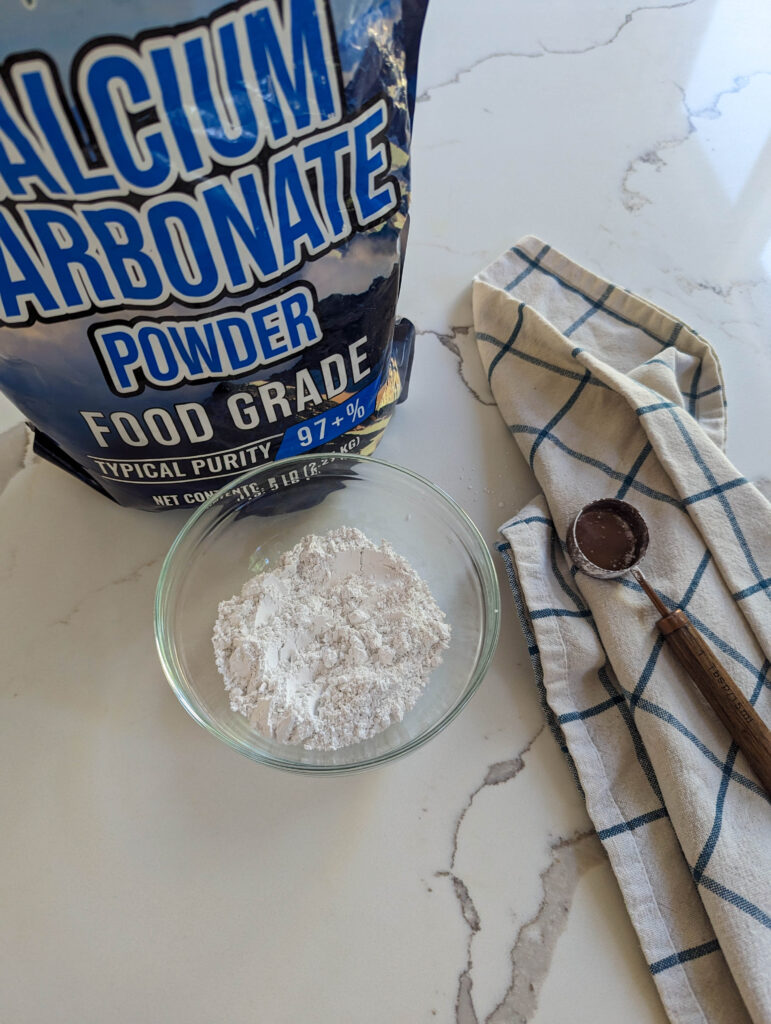
Xylitol
This natural sweetener not only enhances flavor but also fights bacteria that can cause tooth decay and bad breath.

Fractionated Coconut Oil
Rich in nutrient-rich coconut water and natural antimicrobial benefits, this ingredient helps clean teeth while nourishing your mouth and gums.
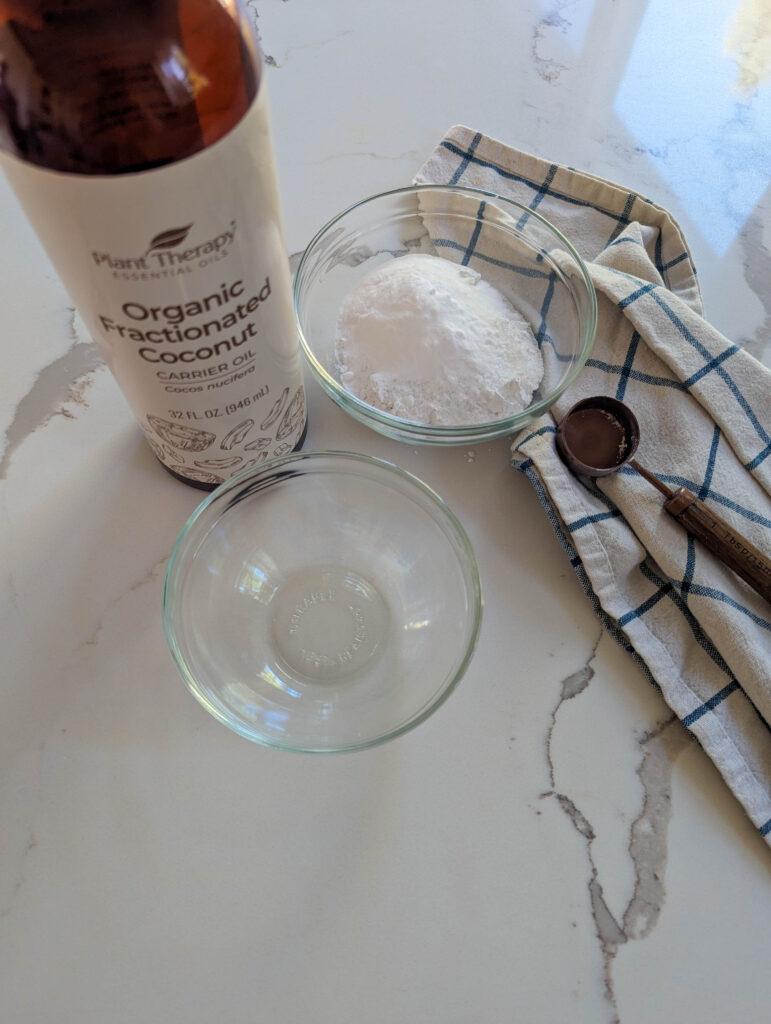
Essential Oils (Peppermint & Clove)
For a burst of fresh breath, these essential oils also support healthy gums and reduce inflammation. Peppermint (Mentha piperita) offers a refreshing, pleasant flavor that’s a favorite in natural toothpaste recipes.
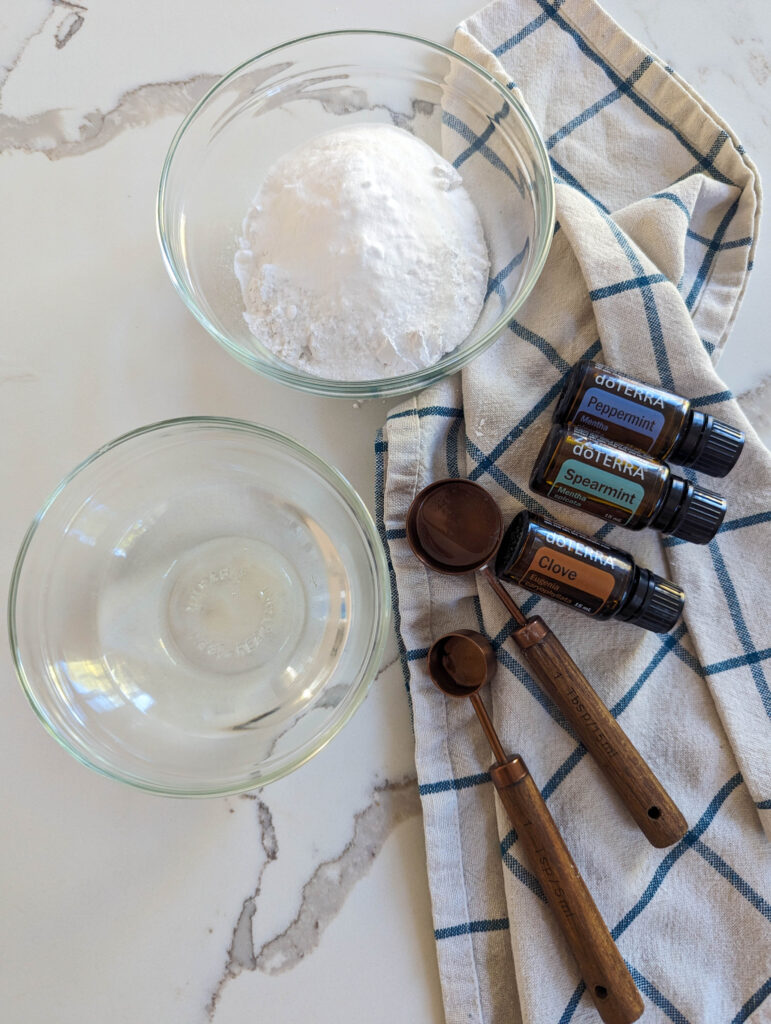
Trace Minerals Liquid
This ingredient improves oral health by supporting the remineralization of tooth enamel, helping you maintain healthy teeth naturally.
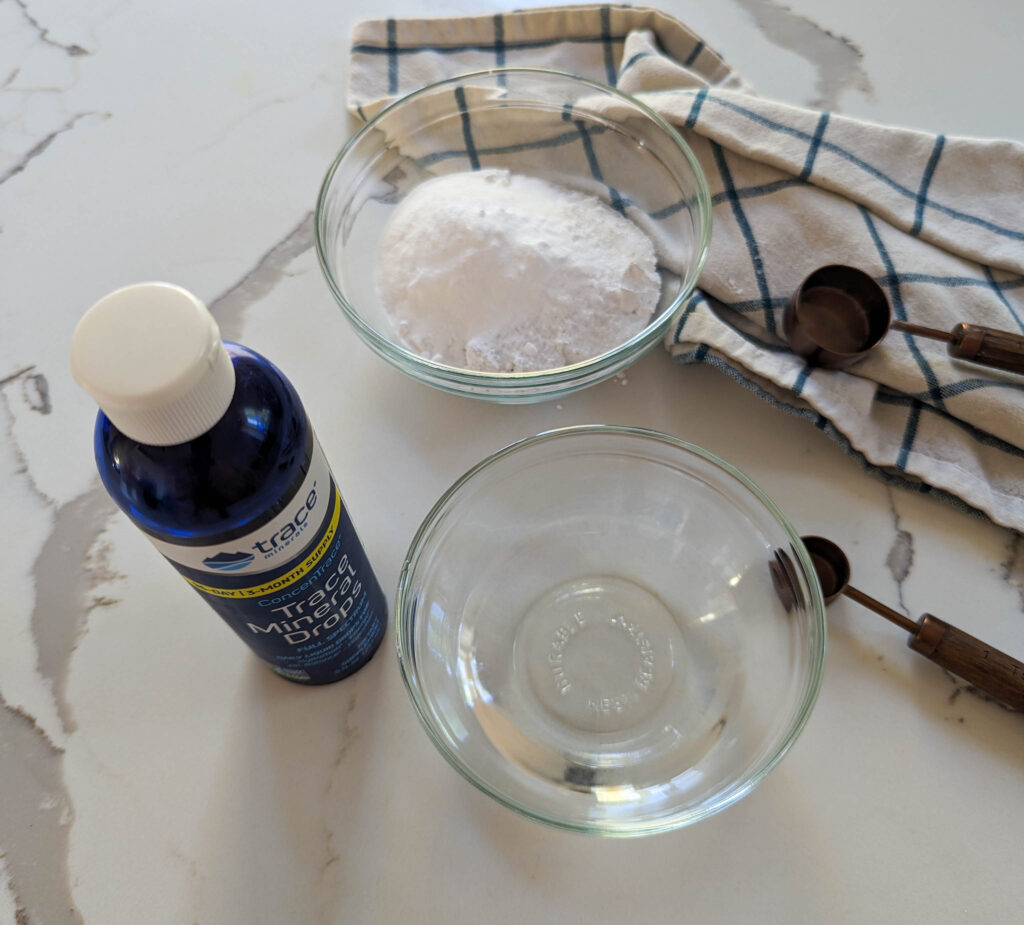
Why DIY?
Control Over Ingredients
Making your own toothpaste lets you avoid the harmful chemicals often found in store-bought brands. You have the freedom to choose natural, organic ingredients that are safer for your family and promote better oral health.
Flavor and Texture Customization
DIY toothpaste allows you to experiment with different flavor combinations and adjust the texture to your personal preference. Whether you prefer a smoother consistency or something more abrasive, you’re in control.
Ethical and Organic
This DIY recipe is free from animal testing and focuses on using organic ingredients, ensuring a product that’s not only effective but also aligned with your ethical values.
DIY Natural Toothpaste Recipe
Equipment
- 1 air-tight container
- 1 small mixing bowl
- 1 whisk
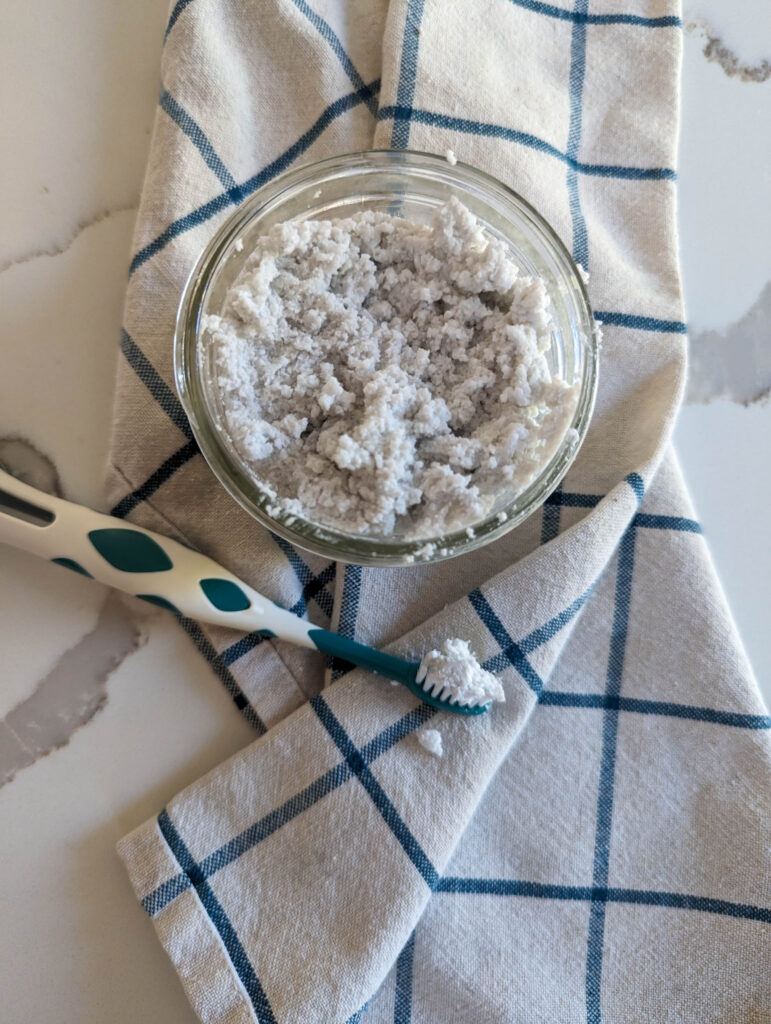
Ingredients:
- 5 tablespoons calcium carbonate (for remineralizing and strengthening tooth enamel)
- 3 tablespoons xylitol (for natural sweetness and cavity prevention)
- 2 tablespoons baking soda (sodium bicarbonate for gentle cleaning and plaque removal)
- 4 tablespoons fractionated coconut oil (for antimicrobial properties and smooth texture)
- 15 drops peppermint essential oil (for fresh breath and a refreshing flavor)
- 5 drops clove essential oil (to support gum health and reduce inflammation)
- 1 teaspoon trace minerals liquid (optional, for additional demineralization)
Instructions:
In a small bowl, combine the calcium carbonate, xylitol, and baking soda.
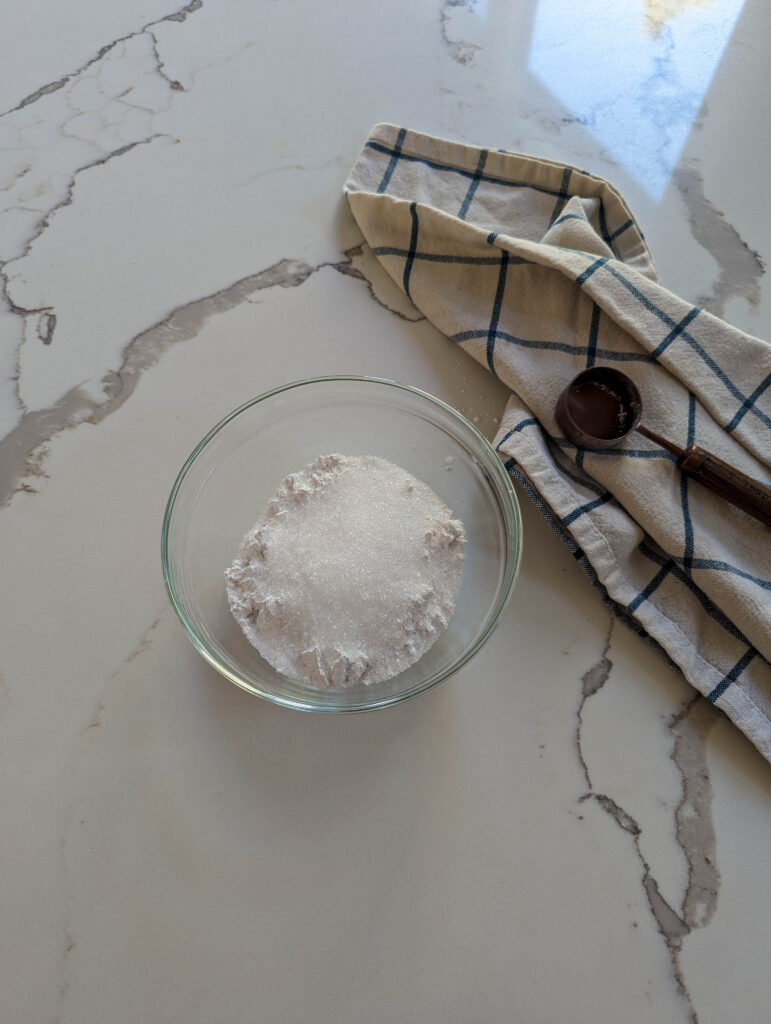
In a separate bowl, mix the fractionated coconut oil with the peppermint and clove essential oils until fully blended.
(Optional) Stir in the trace minerals liquid for extra enamel support.
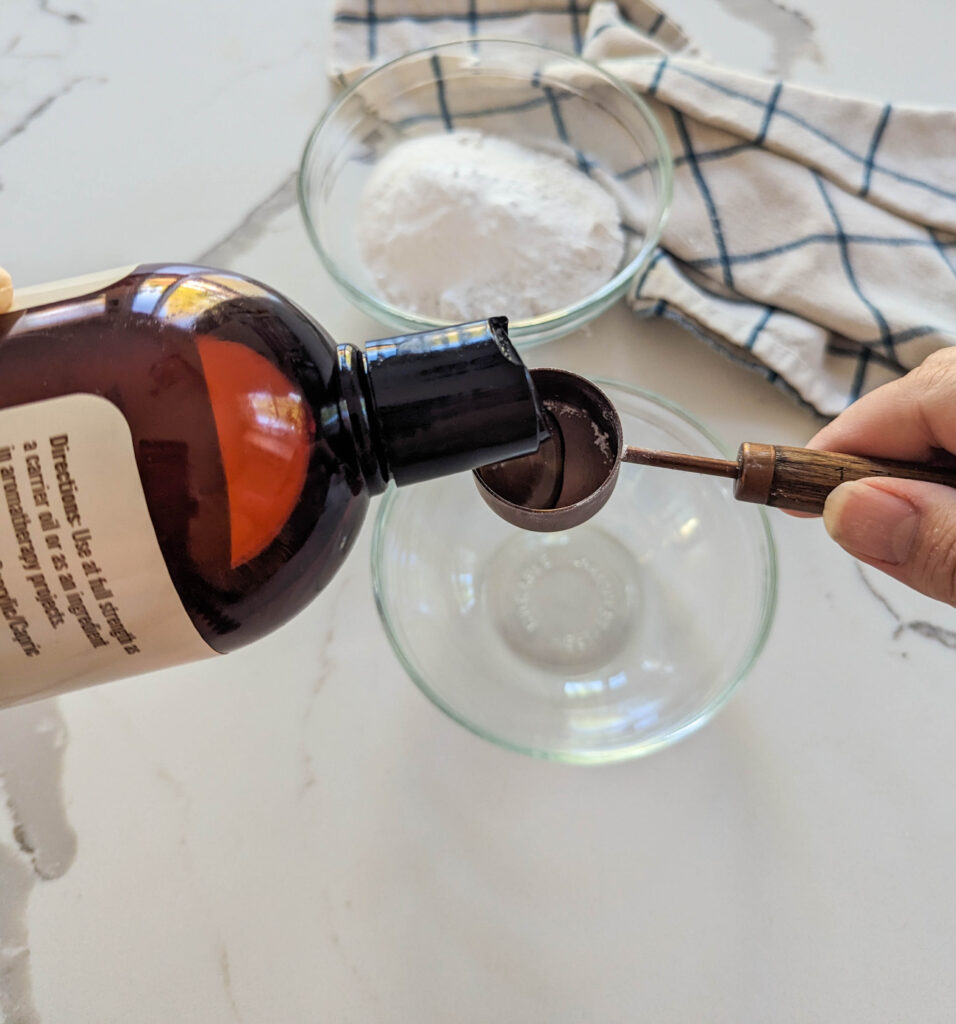
Add the fractionated coconut oil and essential oils mixture to the dry ingredients and stir until you reach a smooth, paste-like consistency.
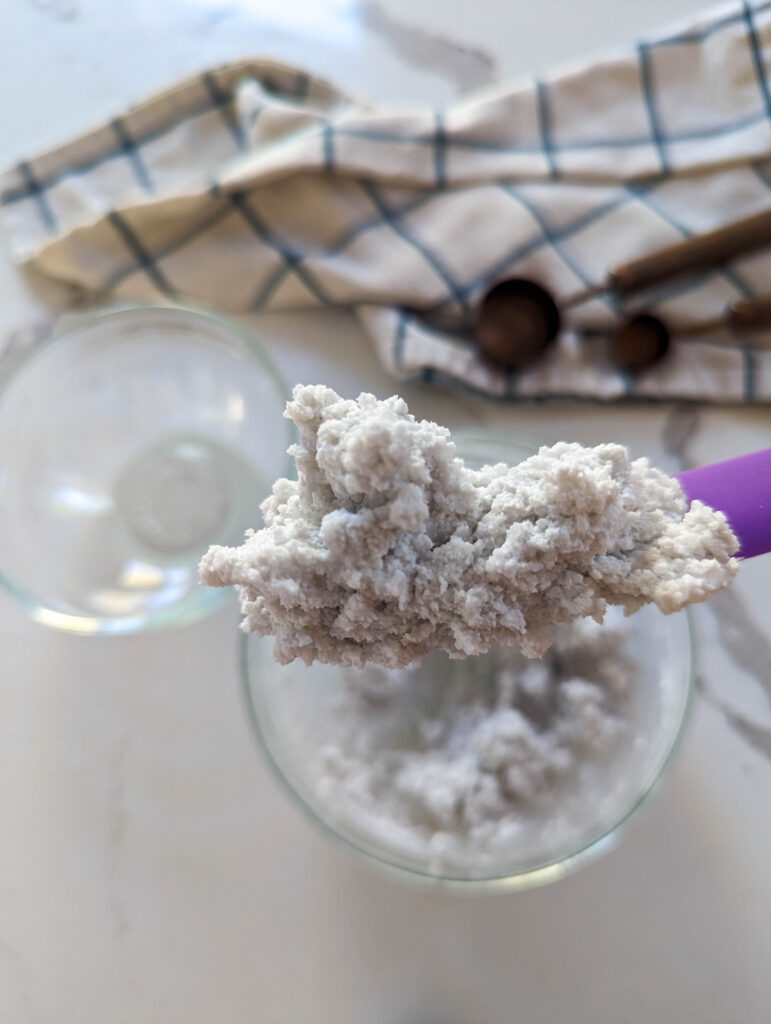
Transfer the mixture to a small container with a lid for easy storage.
Note: You can use regular coconut oil instead of fractionated coconut oil, but be aware that it will need to be melted before mixing. Regular coconut oil can cause the toothpaste to harden and become crumbly over time. For a smoother, more consistent texture, fractionated coconut oil is recommended.
Directions for Use
To use, apply a small amount to your toothbrush and brush as normal. Enjoy clean, fresh teeth with this natural, DIY toothpaste!
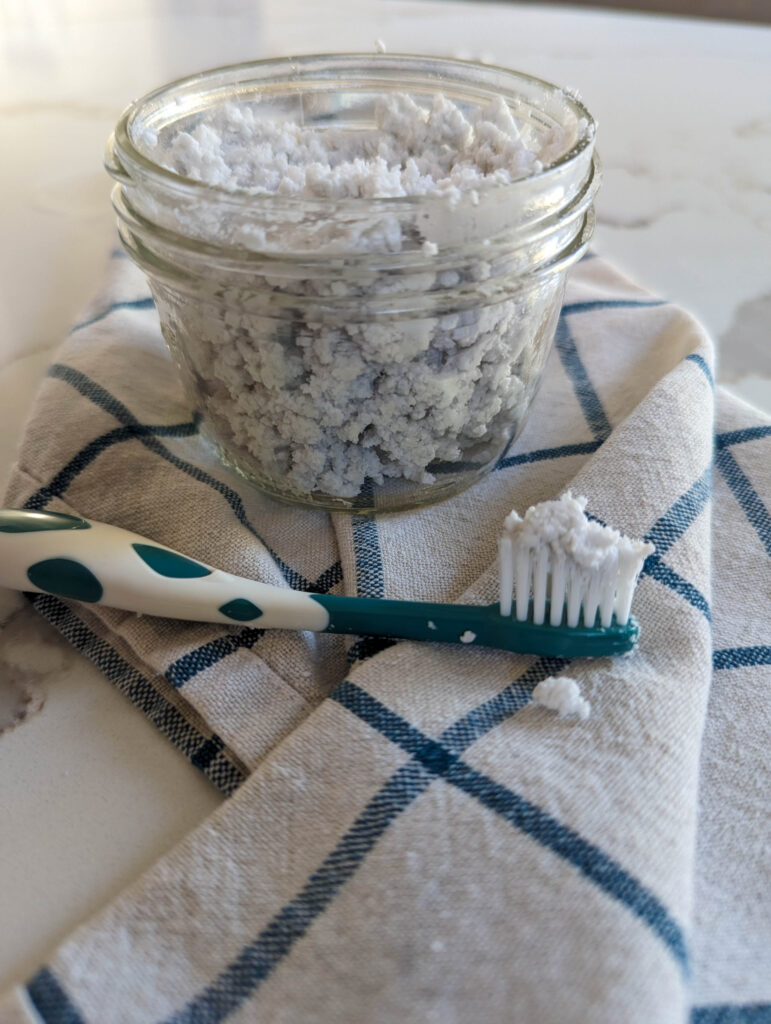
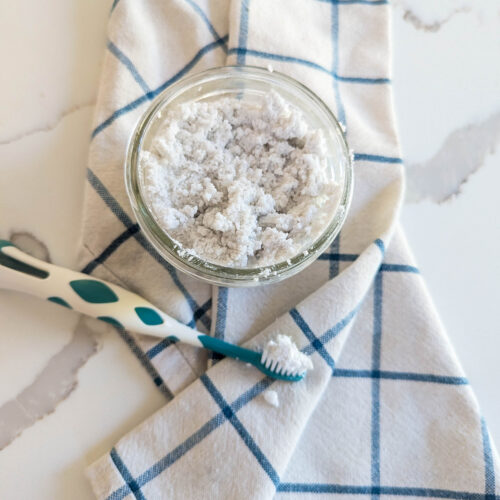
Best Natural Toothpaste DIY Recipe
Equipment
- 1 small mixing bowl
- 1 whisk
- 1 air tight container
Ingredients
- 5 tbsp calcium carbonate
- 3 tbsp xylitol
- 2 tbsp baking soda
- 4 tbsp fractionated coconut oil or melted regular coconut oil
- 15 drops peppermint essential oil
- 5 drops clove essential oil
- 1 tsp trace minerals liquid optional
Instructions
- Mix calcium carbonate, xylitol, and baking soda in a bowl.
- Blend fractionated coconut oil with peppermint and clove essential oils.
- Combine the oil mixture with the dry ingredients until smooth.
- (Optional) Stir in trace minerals liquid.
- Store in a small container with a lid.
Notes
Benefits of Homemade Toothpaste
Cost-Effective
Making your own toothpaste is a budget-friendly alternative to conventional and some organic toothpaste options. By using minimal active ingredients like sea salt, natural mineral additives, and fractionated coconut oil, you can save money while still achieving great oral health benefits.
Customizable
One of the best things about DIY toothpaste is its versatility. You can adjust the texture with ingredients like organic coconut flour or xanthan gum, and even add natural foam boosters like cocamidopropyl betaine if you prefer. Feel free to experiment with soothing additions like chamomile flower or unique flavor combinations such as citrus limon or peel oil to create a toothpaste that’s tailored to your family’s needs and preferences.
Safe for the Whole Family
This homemade toothpaste recipe, using organic ingredients, is gentle and safe for both young children and adults. It avoids the risks associated with artificial sweeteners and toxic chemicals, making it a wholesome choice for your family’s oral care routine.
Final Thoughts
Encouragement to Switch to Natural
Transitioning to natural toothpaste alternatives, like this easy DIY recipe, is a fantastic way to embrace a healthier, chemical-free lifestyle. It’s not only effective in supporting healthy teeth and promoting good oral hygiene, but it also helps you avoid the toxic ingredients often found in most fluoride toothpaste.
Give it a Try!
I encourage you to give this recipe a try and share your experience with others. There are many wonderful natural options available, and experimenting with a recipe like this can lead to the best results for your family’s oral health. Don’t forget to check out the natural oral care products I offer to further support your journey to a healthier smile!
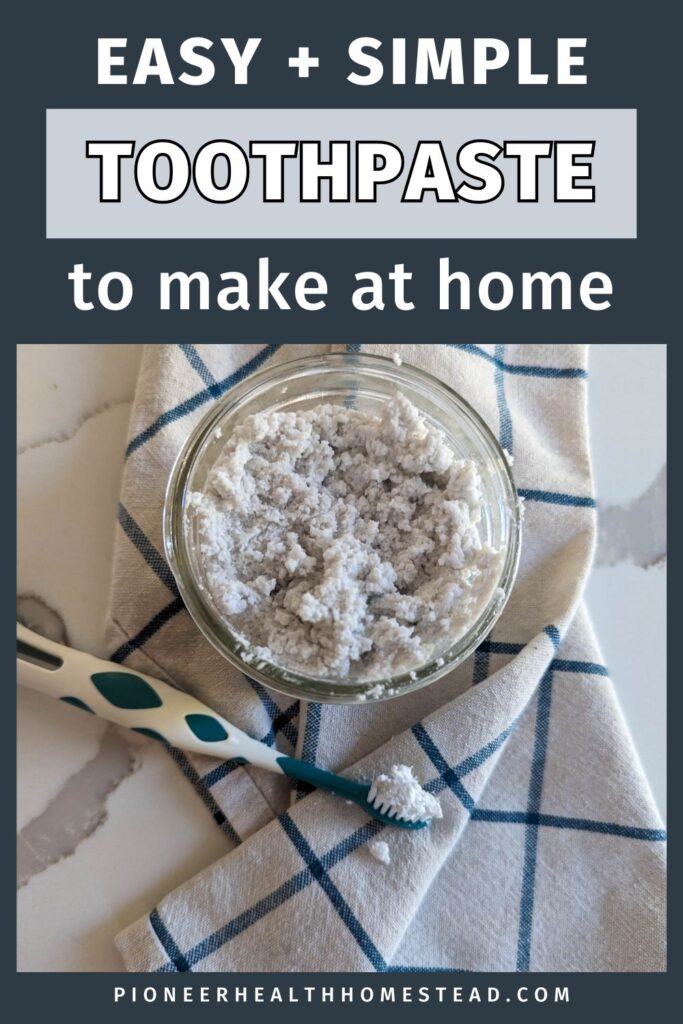
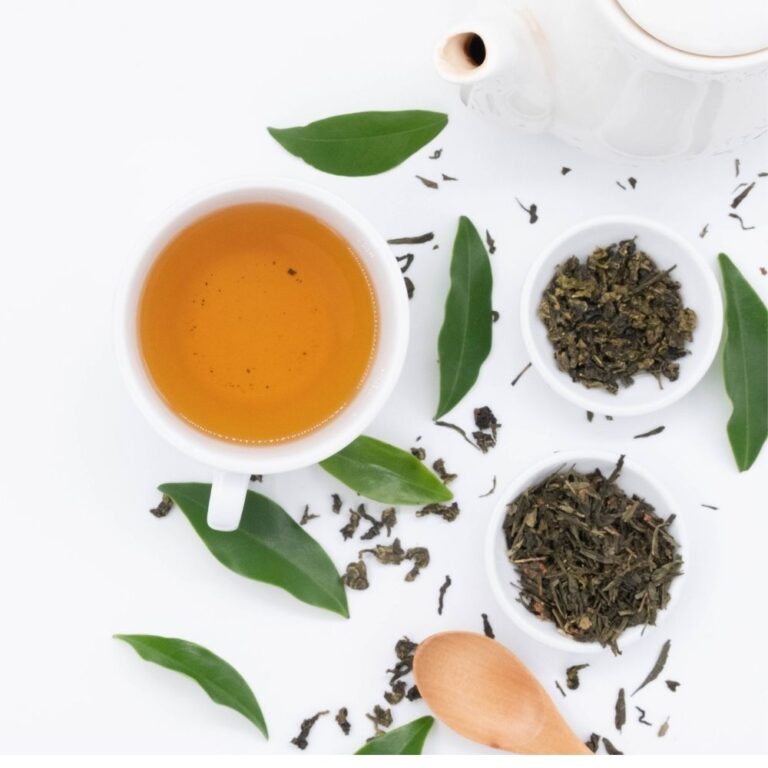
Green Tea Vs Herbal Tea: The Best Complete Tea Guide
Sharing is caring! Facebook Pinterest X Green Tea Vs Herbal Tea: The Best Complete Tea Guide Understanding the Differences Green tea vs herbal tea is a popular debate among tea lovers worldwide. Both offer unique flavors, health benefits, and caffeine content. Tea has a rich history and is enjoyed in many cultures. From Chinese green…
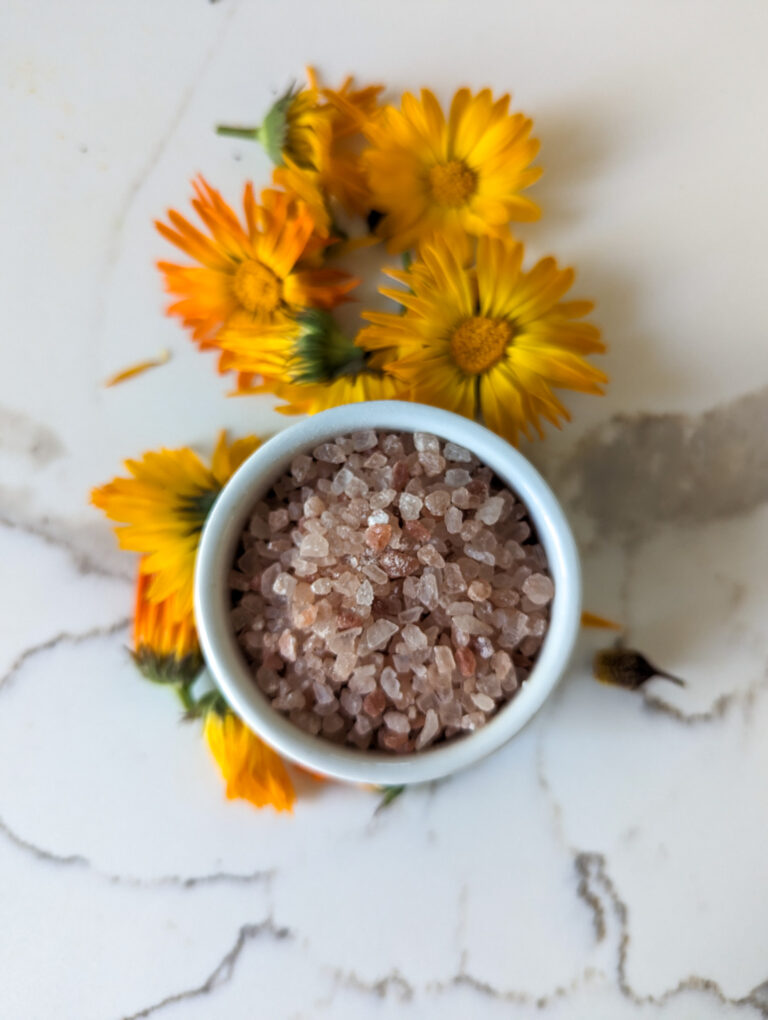
How to Make Bath Salts Without Epsom Salt: Free Recipe
How to Make Bath Salts Without Epsom Salt: Free Recipe How to Make Bath Salts Without Epsom Salt Homemade bath salts without Epsom salt are a great way to enjoy a luxurious soak. You can use natural ingredients like coarse sea salt, baking soda, and pink Himalayan salt for a soothing experience. A relaxing bath…
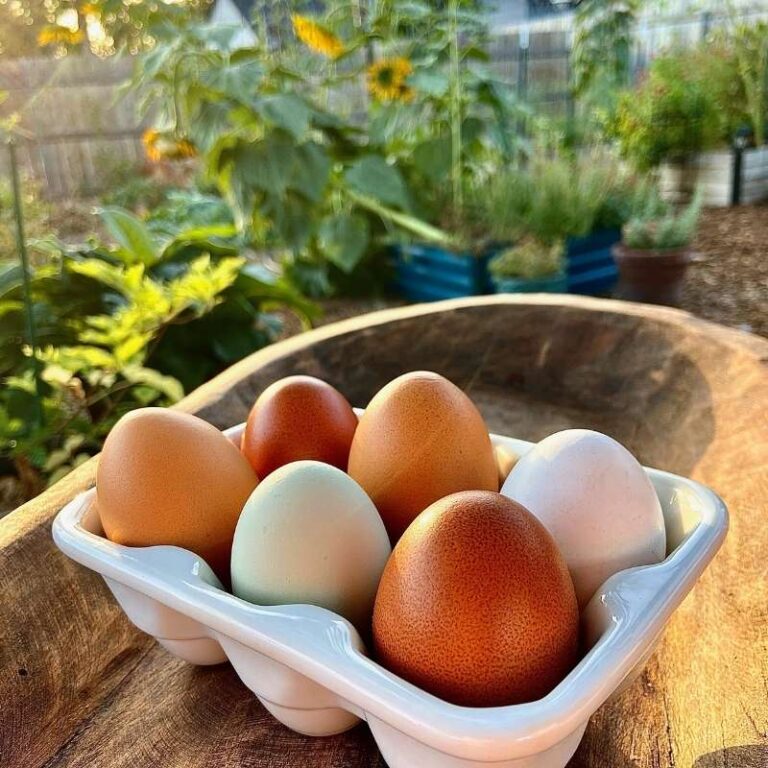
Homesteading in California: How to Start at Any Stage
Homesteading in California: How to Start at Any Stage How Homesteading in California is Possible Homesteading in California is a journey that looks different for everyone, depending on where you live in this vast and diverse state. From the deserts dotted with Joshua trees in the south, to the rugged mountain ranges in the north,…
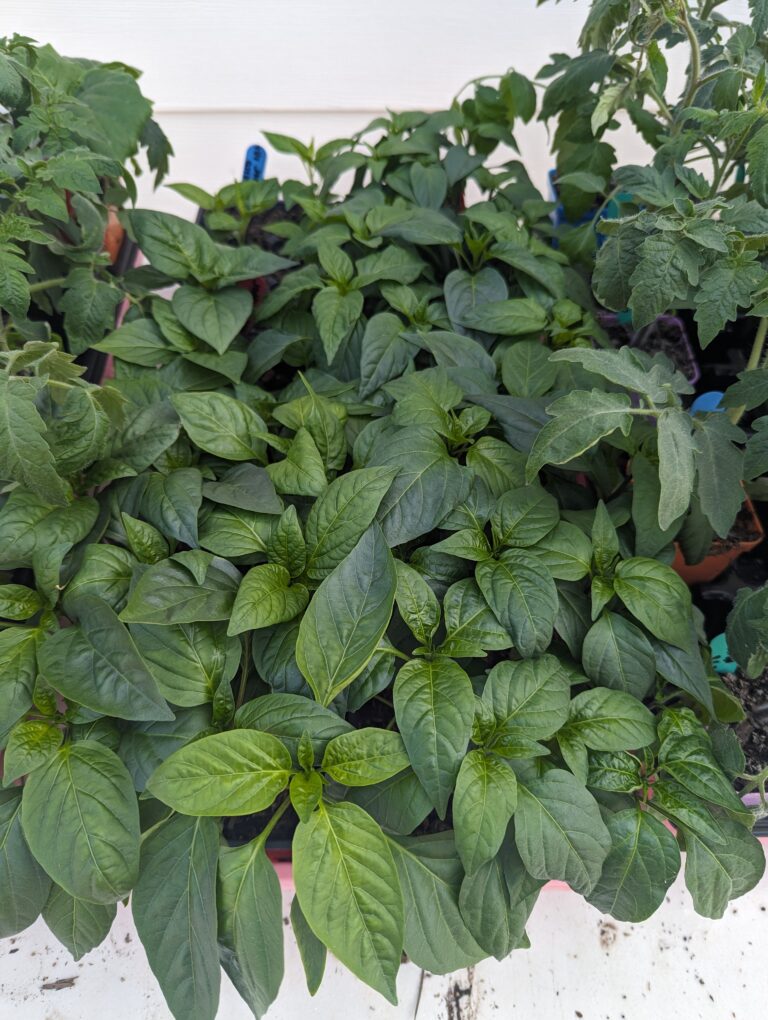
How to Make Peppers Grow Faster: Guide and Easy Tips
How to Make Peppers Grow Faster: Guide and Easy Tips How to make peppers grow faster is a common question among home gardeners seeking to maximize their growing season. Whether you’re nurturing sweet peppers, green peppers, or hot pepper plants, creating ideal conditions is essential for pepper success. The best way to achieve healthy pepper plants…

The Different Types of Cloth Diapers: Ultimate Guide
The Different Types of Cloth Diapers: Ultimate Guide The different types of cloth diapers offer a sustainable and eco-friendly alternative to disposable diapers for your baby. As a mom of five and a Registered Nurse, I’ve seen the many benefits of reusable cloth diapers firsthand. This guide will help you understand the major types of…
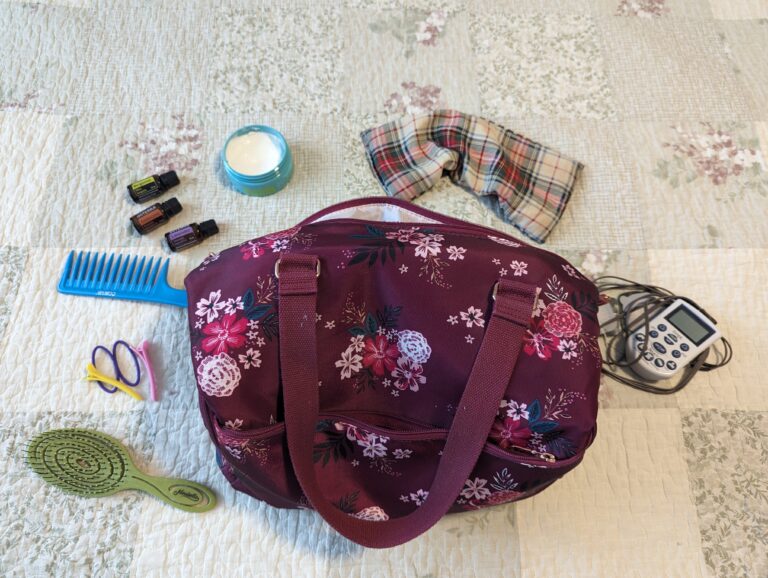
The Best Doula Bag Essentials Kit for Birth and Postpartum
The Best Doula Bag Essentials Kit for Birth and Postpartum The Best Doula Bag Essentials Kit for Birth and Postpartum A well-stocked doula bag is essential for supporting women during birth and postpartum. As a Registered Nurse, mother of five, and former Navy Hospital Corpsman, I’ve experienced the birthing world from many angles. I’ve worked…
